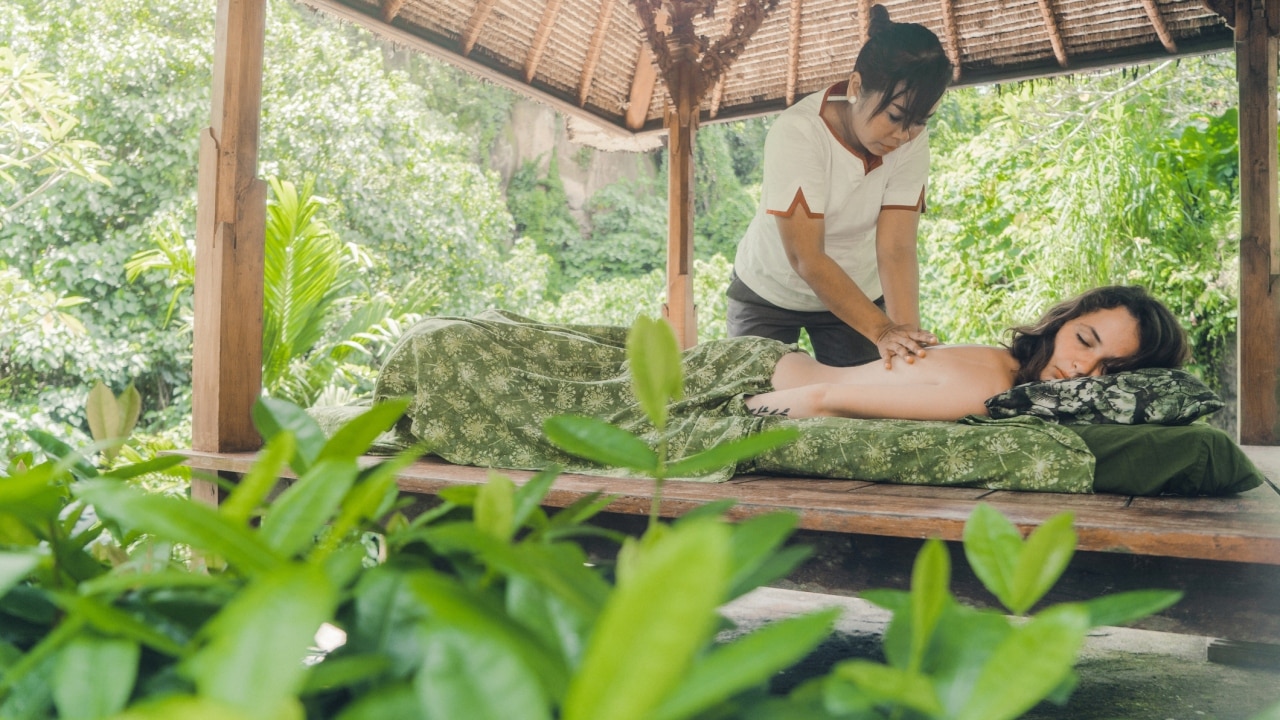Reflexology is an ancient healing practice that has been made use of for thousands of years to advertise relaxation, improve blood circulation, and sustain the body’s all-natural healing processes. This holistic treatment is based upon the concept that particular factors on the hands, feet, and ears match to different body organs and systems within the body. By using pressure to these factors, reflexologists intend to boost the body’s very own recovery systems and bring back balance.
The History and Origins While the specific beginnings of reflexology are uncertain, proof recommends that comparable practices were utilized in old Egypt, China, and Native American societies. 秋葉原 was developed in the very early 20th century by Dr. William Fitzgerald, that introduced the concept of “area treatment.” This was later on refined by Eunice Ingham, who drew up the reflexology points on the feet that are still made use of today.
Exactly How Does Reflexology Work? Reflexology is based on the idea that the body is separated into ten upright zones, each representing different components of the body. Professionals think that by applying stress to particular factors within these areas, they can influence the matching organs or systems. While clinical proof for its effectiveness is combined, lots of people report advantages such as lowered tension, enhanced rest, and remedy for numerous health problems.
The Benefits of Reflexology Proponents of reflexology assert a wide variety of advantages, including:
Stress decrease and relaxation Improved flow Pain relief Enhanced immune function Better sleep top quality Increased power degrees Support for digestion issues What to Expect During a Reflexology Session A typical reflexology session lasts in between 30 to 60 minutes. The expert will start by discussing your health and wellness history and any kind of current issues. You’ll after that relax or being in a comfy position, normally with your socks and shoes removed. The reflexologist will use their hands to use stress to certain factors on your feet, ears, or hands. The pressure needs to be not uncomfortable yet solid. Numerous individuals locate the experience deeply enjoyable and might even fall asleep throughout the session.
Is Reflexology Right for You? Reflexology is typically considered risk-free for most people and can be a corresponding therapy alongside conventional medical therapies. Nonetheless, it’s crucial to talk to your doctor before trying reflexology, especially if you have certain health and wellness problems or are pregnant. While reflexology ought to not be made use of as a replacement for essential healthcare, it can be a valuable device for advertising total health and handling tension.
Conclusion Reflexology supplies a distinct approach to wellness and health, focusing on the interconnectedness of the body’s systems. Whether you’re seeking alleviation from certain symptoms or simply looking for a means to kick back and de-stress, reflexology might be worth exploring.
The History and Origins While the exact beginnings of reflexology are uncertain, evidence suggests that similar practices were used in old Egypt, China, and Native American societies. Reflexology is based on the idea that the body is split right into 10 upright zones, each corresponding to different components of the body. Stress decrease and relaxation Improved blood circulation Pain relief Enhanced immune function Better rest top quality Increased power levels Support for gastrointestinal problems What to Expect During a Reflexology Session A typical reflexology session lasts between 30 to 60 minutes. Conclusion Reflexology uses an unique method to wellness and wellness, concentrating on the interconnectedness of the body’s systems.
